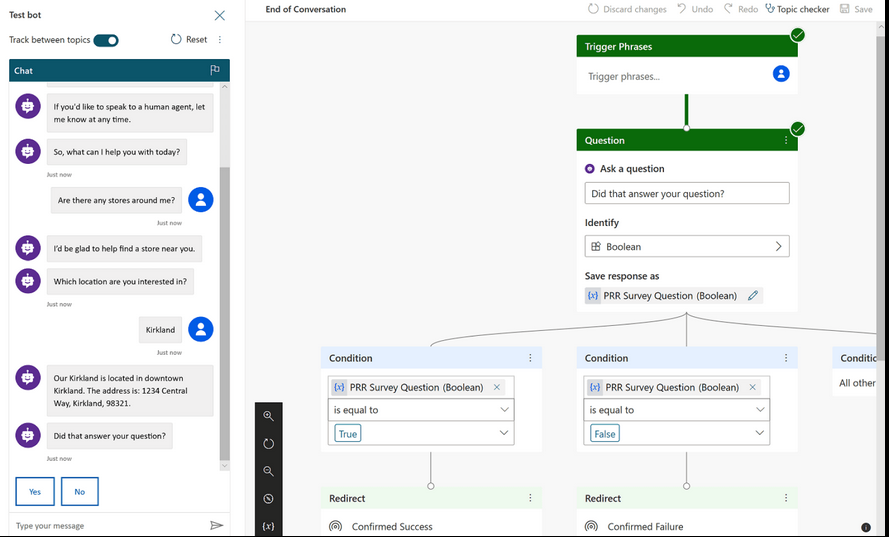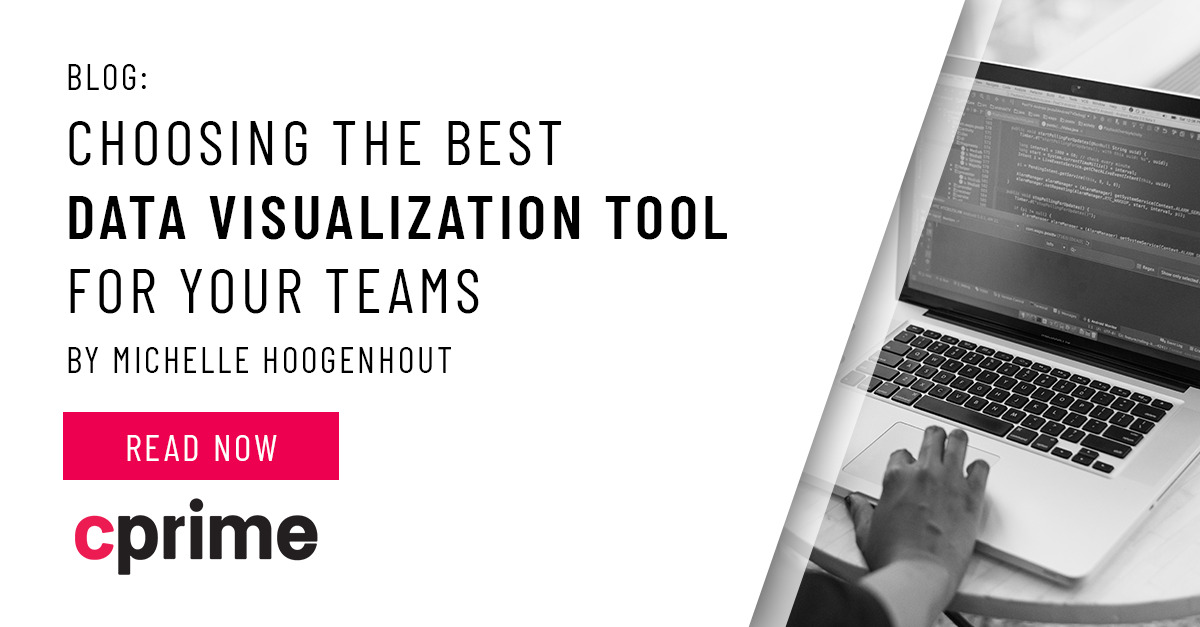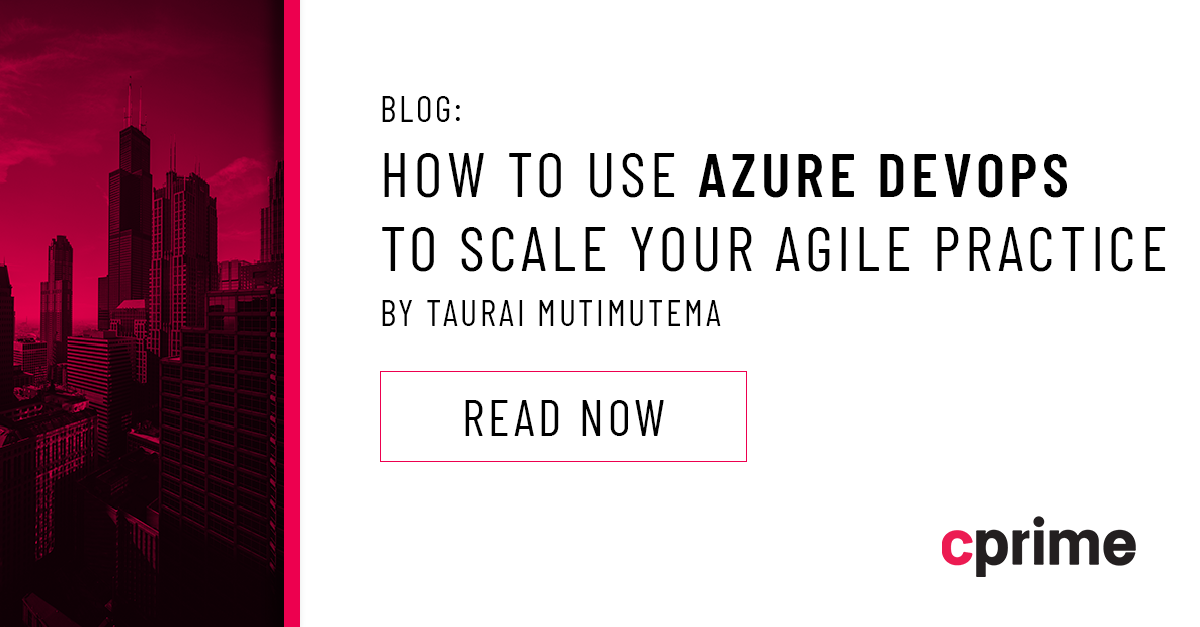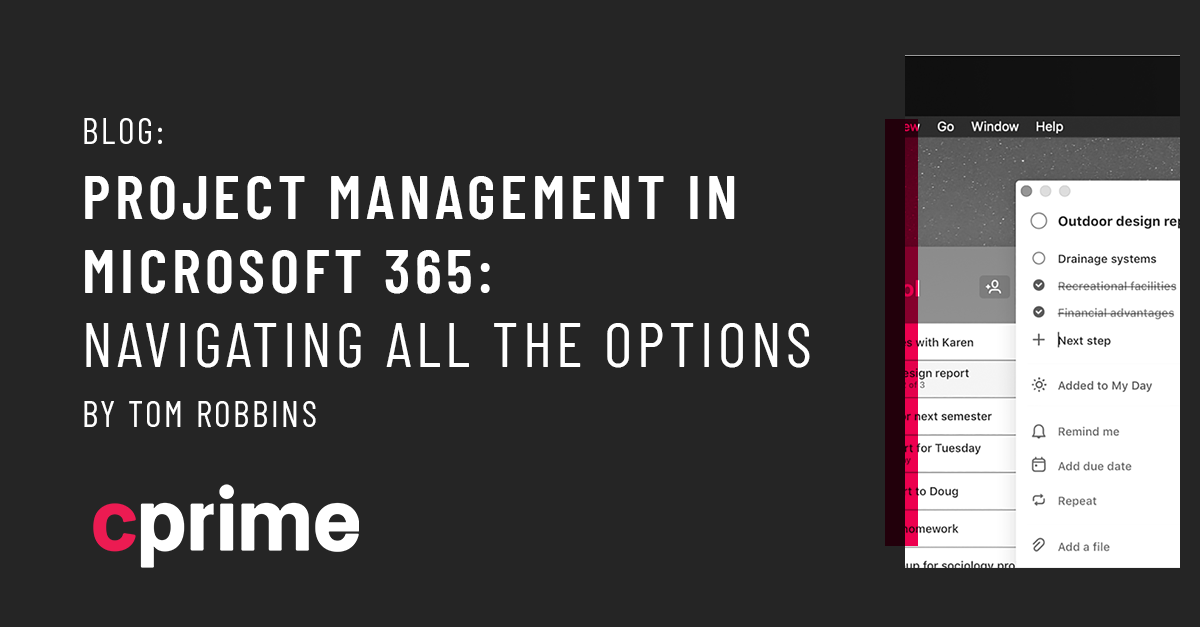Microsoft Power Platform – Deciphering the Confusion
Microsoft is always evolving by providing more and better tools that give the end user the power to ideate, envision, architect, design, and create their own custom applications and systems. But it is almost impossible to keep up with all the innovation coming out of Microsoft. Of course, we are familiar with the traditional Office offerings like Word, Excel, Outlook, etc., but I meet so many that have no idea what Power BI, Power Automate, Power Apps, and Power Virtual agents offer. These apps make up the Microsoft Power Platform! Mastering these tools is not for the faint of heart, and in many organizations, there will be resources dedicated to learning the skills and becoming the point person for the rest of the organization when implementing these tools.
1. What is the Power Platform?
The Microsoft Power Platform is made up of four products and their supportive infrastructure that help teams to architect and build complex business solutions, analyze then build complex data visualizations and reports, automate business processes across all the Microsoft 365 applications and external applications via connectors, and build powerful mobile applications with no-code solutions. All these applications are designed so that the end user can build them without the need of IT specialists.
At the heart of the Power Platform is Microsoft’s Common Data Model (Service). The CDS is a data storage service in Microsoft 365. It is used primarily by Power Apps and Power BI but can be used by the other services as well as Dynamics 365. CDS includes a base set of entities (tables) which are customizable. The CDS is complex so I will save the details for a future post, but for now let us just say it is YOUR database in the cloud so that you do not have to worry about complex architecture for giving your mobile apps a place to store and access data and it’s consistent for everyone making it easier to learn and transfer.
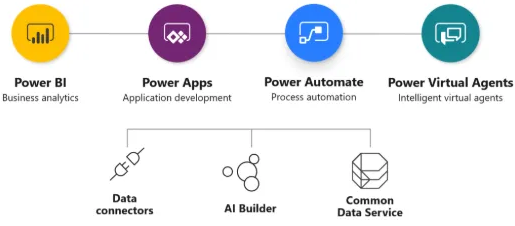
- Power BI – Build complex datasets from many data sources to create interactive, user driven immersive dashboards and reports that provide actionable insights. These reports can be published in many ways as well.
- Power Apps – Build powerful mobile applications for use by the organization. Note: replaces the deprecated InfoPath for updating SharePoint forms
- Power Automate – Build workflow to automate processes between Microsoft 365 apps and services. Do things like synchronizing files, get notifications, collect data, approve documents, etc.
- Power Virtual Agents – Build flexible chatbots that can communicate with external customers. Do things like answer questions posed by customers, other employees, or visitors to your website or service. Easily created without the need for IT or developers.
2. Power BI
Power BI is a set of services, apps, and connectors that together turn your unrelated sources of data into coherent, virtually immersive, and interactive insights. Data may come from virtually any common source such as Excel, SQL, cloud-based and on-premises data warehouses. Power BI gives the designer the ability to create fully interactive reports so that end users can find what they are looking for without repetitive changes to the report source. Self-exploration is a powerful feature of the Power BI platform.
Power BI is comprised of the following key parts:
- Power BI Desktop – FREE desktop application for aggregating data from multiple sources to build datasets. From those datasets, complex analysis and data manipulation occurs. Finally, from the dataset, reports and dashboards are built containing insightful visualizations. The desktop application is single user. To share, you will require the Power BI Service.
- Power BI Service – SaaS that companies subscribe to (not free) where Reports and Dashboards built in Power BI Desktop can be collaborated on and published to larger audiences.
- Mobile Applications – Windows, iOS, and Android devices. Extends report and dashboard delivery to mobile devices.
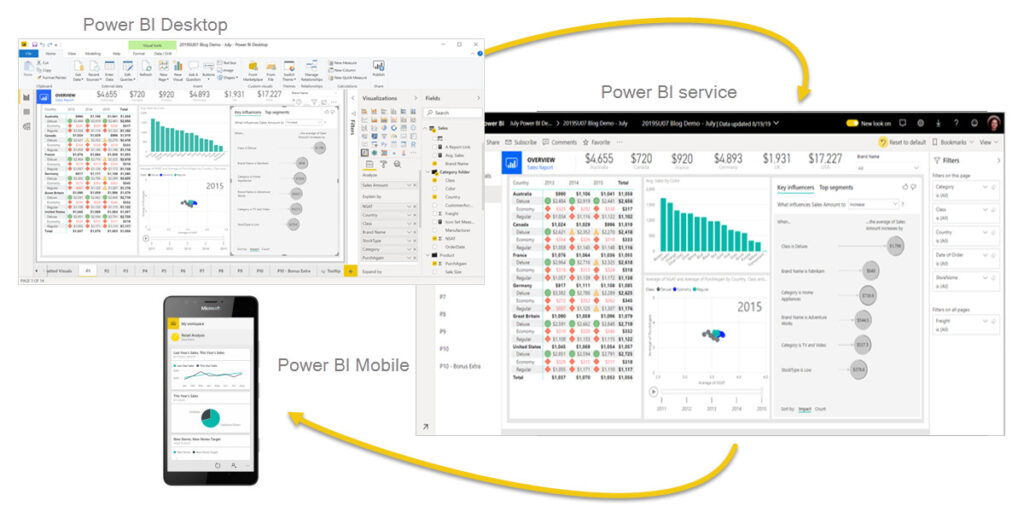
- Power BI for business users
- Power BI Desktop for report creators
- Power BI Report Builder for enterprise report creators
- Power BI for administrators
- Power BI for developers
3. Power Automate (previously Flow)
Power Automate, formerly know as Flow (workflow) is one of the Power Platform apps that allows business users to automate business processes through workflow without having to know complex architecture or code. Users can streamline repetitive tasks and paperless processes. You can build time-saving workflows into everything from individual tasks to large-scale systems with seamless integration using hundreds of prebuilt connectors. Users are enabled to build secure workflows with low-code, no-code guided experience to automate everyday tasks with robotic process automation (RBA). Power Automate offers built-in AI capabilities giving you more time to focus on strategic, high-value tasks.
Things you can do with Power Automate:
- Save Office 365 email attachments to OneDrive for Business
- Get a push notification when you receive an email from your boss
- Get today’s weather forecast for your current location
- Request manager approval for a selected item
- Create a quick note for important Emails
- Block out Office 365 calendar for an hour
- Get sign off on an updated document (signature)

- Automated cloud flow – Create an automation that is triggered by an event such as arrival of an email from a specific person, or a mention of your company in social media.
- Scheduled cloud flow – Schedule an automation such as daily data upload to SharePoint or a database.
- Instant cloud flow – Start an automation with a click of a button. You can automate for repetitive tasks from your Desktop or Mobile devices. For example, instantly send a reminder to the team with a push of a button from your mobile device.
- Desktop flow – used to automate tasks on the Web or on the desktop using Power Automate Desktop.
- Business process flow – Business process flows provide a guide for people to get work done. They provide a streamlined user experience that leads people through the processes their organization has defined for interactions that need to be advanced to a conclusion of some kind. This user experience can be tailored so that people with different security roles can have an experience that best suits the work they do.
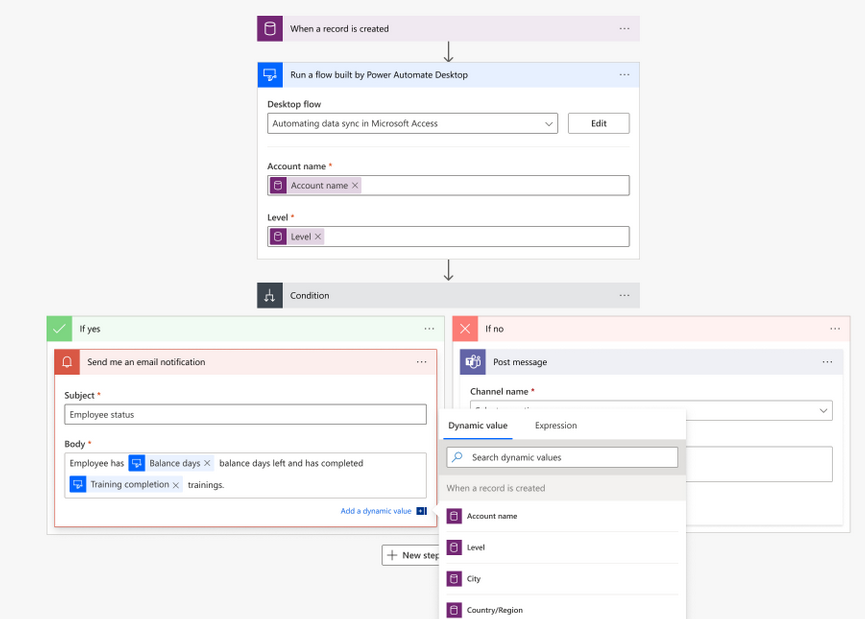
4. Power Apps
A powerful and complex development platform that uses the Common Data Service to allow users to build easy to use applications for common business needs. Using pre-built templates, drag-and-drop simplicity, and quick deployment, teams can build and launch mobile apps to meet typical business needs. Power Apps provides professional developers the tools to seamlessly extend app capabilities with Azure Functions and custom connectors to proprietary and on-premises systems.
Examples of apps you might build with Power Apps:
- Site Inspections
- Leave Request
- Expense tracker
- Inventory Management
- Interview Tool
- Cost Estimator
The apps built with Power Apps are for internal use and not for “app store” distribution as the code cannot be edited with typical HTML tools.
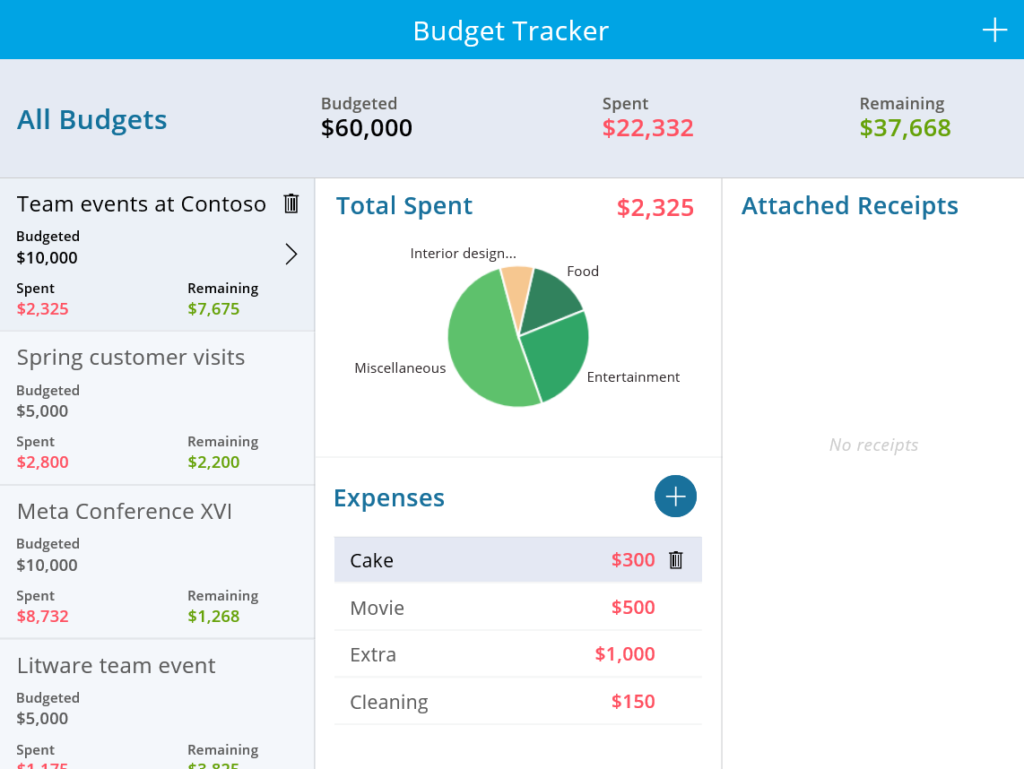
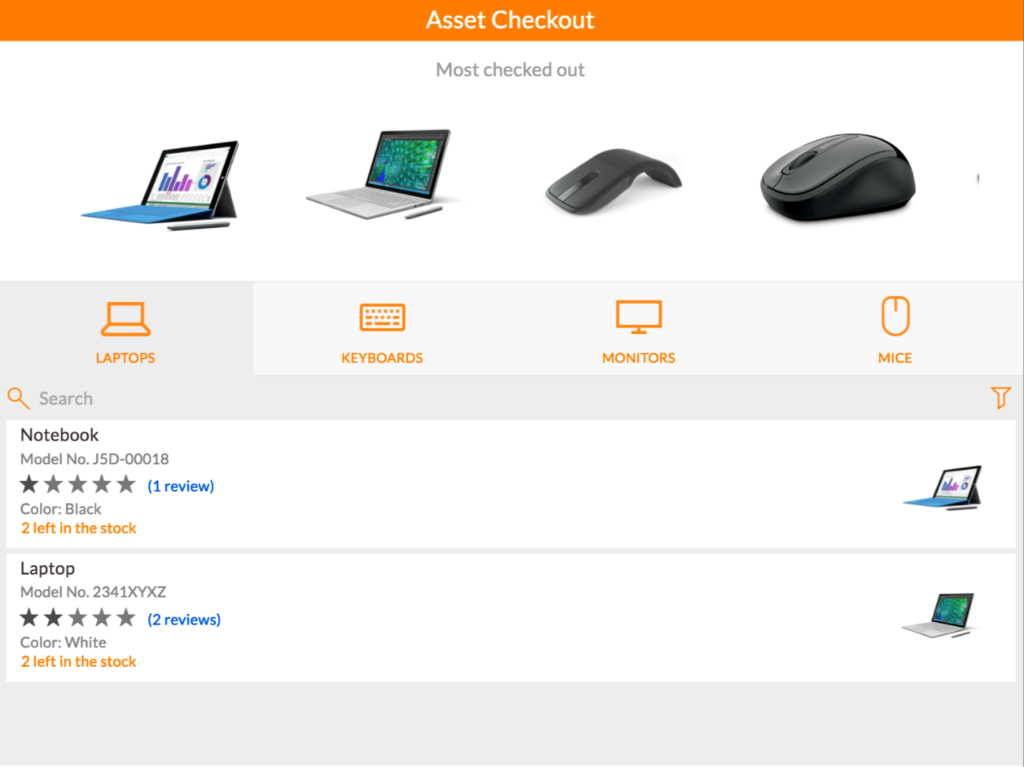
5. Power Virtual Agent
This is a new addition to the Microsoft Power Platform. Virtual Agents are the bot building services provided by Microsoft for business users. Using this, the users can build a virtual chat agent from scratch without having to write a single line of code. All the integration and logics can be implemented in the graphical user interface of the Power Virtual Agents portal.
Power Virtual Agents can handle the entire chatbot development life cycle, starting from the dialog creation to the deployment of the virtual agent to a channel like Slack, Skype, Teams, etc. This service is also integrated with the other tools within the Microsoft Power Platform such as Power Automate. Based on the user’s replies, the virtual agents can trigger any workflow from Power Automate.
Create and manage powerful chatbots—without the need for code or AI expertise—with an easy-to-use graphical interface. Easily integrate your chatbots with the products and services you use every day. Look up records, personalize conversations, hand off conversations to live agents, and call APIs. Choose from hundreds of prebuilt connectors, build custom workflows using Power Automate, or create complex scenarios with Microsoft Bot Framework. Get suggestions on which topics to build, create rich, personalized conversations using natural language understanding and entity extraction, and monitor and improve your chatbot’s performance using AI and data-driven insights.
